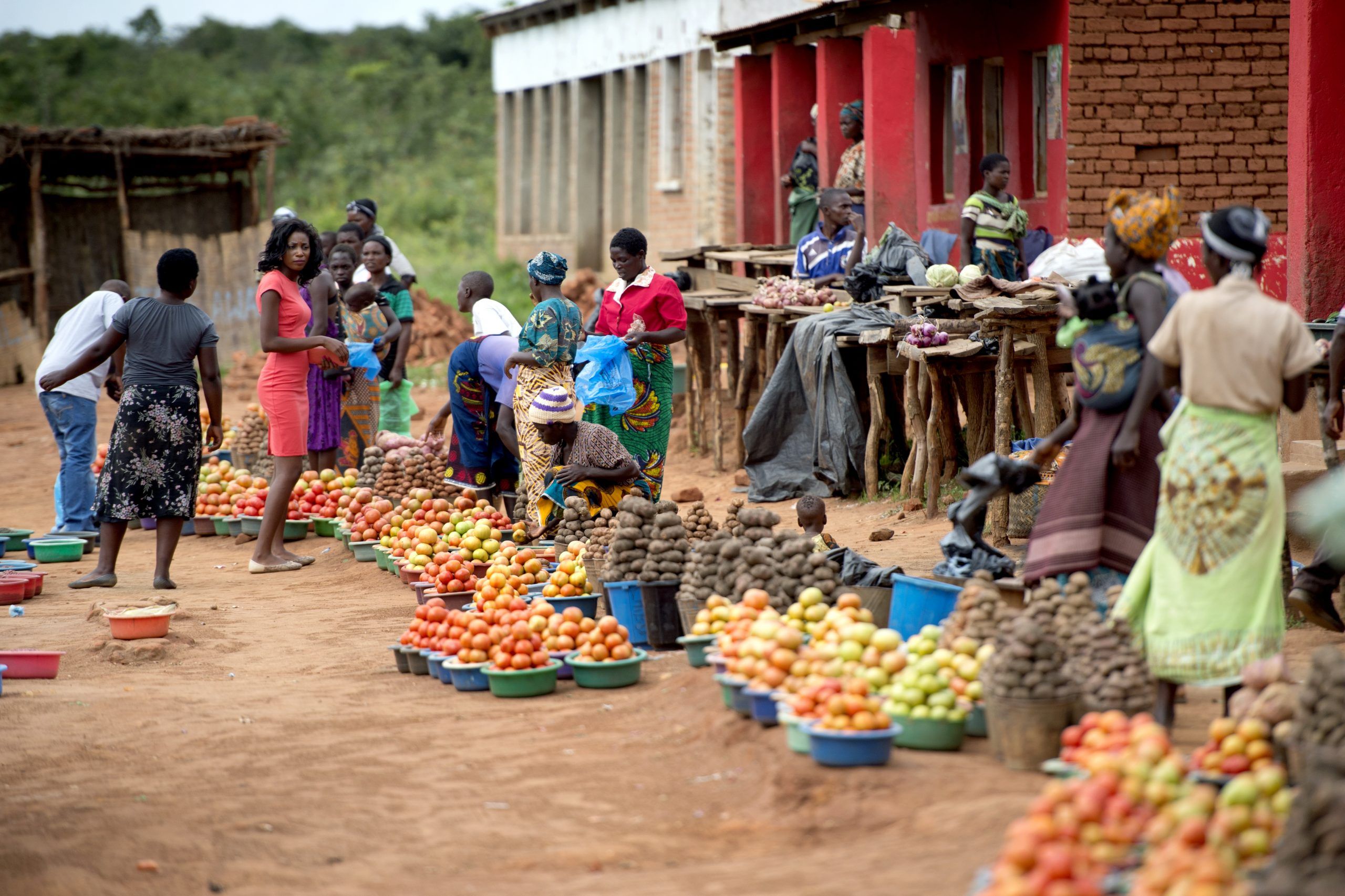The procurement plan is a must-have document to manage and ease operational oversight in any office and project. It provides an overview of what purchases are planned, how and when to procure the goods and services, and the associated costs. The plan also includes actual procurement data, and is an excellent tool to follow the progress of the project and procurement implementation.
Steps to design a Procurement Plan
1. Identify Required Resources and Costs
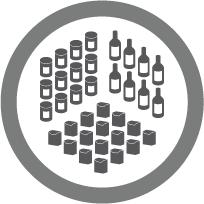
In cooperation with relevant project staff, please establish which resources to procure (supplies, services, works).
At this stage it is important to determine the minimum technical specifications and terms of references (section 4.12.1).
Moreover considerations regarding the use of Humanitarian Procurement Centers (HPCs), community involved procurement, framework contracts, cash and vouchers etc., shall be considered in the planning of procurement and integrated into the Procurement Plan, if relevant.
Please provide input to the budget on expenses for logistics, such as transport, clearance, import costs, insurance, warehousing and distributions. See template SUP 9 for Guidelines on Transport and Storage.
For products with a limited shelflife, it may be necessary to plan for partial deliveries or special transport which may increase cost.
For Works Contracts it may be necessary to hire an engineer to supervise the administration of the contract. This is a Service Contract and please include costs in the budget.
Please identify capacity building needs and include these as exspenses in the project proposal, e.g. consulting services from a procurement expert, workshop expenses, training expenses for the procurement and financial management staff etc.
Please identify if translation of this Manual and relevant templates into other languages is needed and if possible, include this in the budget and Procurement Plan.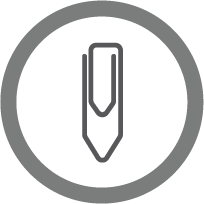
GEN 7-1: Template for Procurement Plan
Support Template
GEN 7-2: Sample of Procurement Plan
SUP 9: Guidelines on Transportation and Storage
2. Know the Donor Requirements
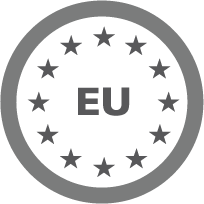
For each project it is important to investigate the specific donor requirements for procurement.
This Manual represents the DCA minimum mandatory requirements to procurement. If a donor stipulates stricter Procurement Procedures, the donor requirements shall prevail.
Examples are requirements to the country of origin of supplies, special quality requirements, inelegible products or stricter threshold for procedures. If the donor has no or less strict requirements to procurement, the rules described in this Manual shall prevail
3. Conduct Market Survey
Once the required resources have been identified a market survey shall be carried out to establish: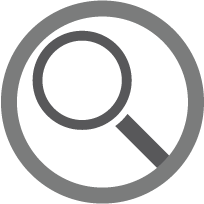
– The availability of the required resources. The market survey shall address prices, trade customs, availability and quality of resources.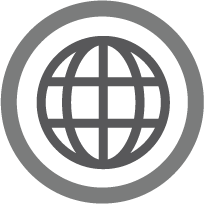
– The availability of suppliers/candidates. At this stage, potential suppliers and candidates shall be mapped and registered and their record and reputation identified.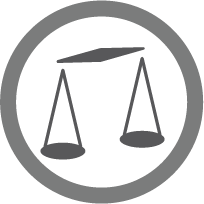
– To support the regional economy and the development of markets, the Contracting Authority shall, whenever appropriate and possible, seek to procure resources in the project implementation area. Please ensure that procurement activities will not distort the local market, increase prices, or cause harm to the environment.
– The existing import regulations and restrictions. If resources need to be imported and to avoid delays, it is important to contact the customs authorities and a clearing agent regarding the import procedures and the requirement for import license and other related documentation. This is particularly important when procuring pharmaceutical products, medical equipment, radio and satellite 3 4 Procurement Planning communication equipment, mine detectors, plastic explosives and foods.
– Logistical needs and availability regarding transport, special transport, storage and warehousing. Please include costs in the budget.
– The social, labour and environmental risks related to the resources to be procured. The obtained information helps to identify high risk sectors, countries, suppliers and candidates; the necessity of seeking alternative procurement options; if special requirements to ethical standards are to be included in the selection criteria (e.g. certifications); if there is a need for dialogue with suppliers/candidates; and if it is necessary to exclude some suppliers/candidates due to ethical reasons (e.g. use of child labour) etc.
– The relevance of using Framework Contracts for the purchases of supplies or services (see section 4.9)
– The need to derogate from mandatory rules in this manual. The market survey will reveal if there is a need to derogate from a rule or Procurement Procedure due to specific market conditions.
– Findings from the market survey feed cost information to the budget, activity plan (time frames) and the project proposal in general.
GEN 6: Market Survey Checklist
4. Grouping of Lots

Based on information obtained from the market survey and budget, please group the required resources into lots in the Procurement Plan.
Preparing lots is the process of grouping resources which can potentially be purchased from one supplier or candidate to obtain the best quality and prices for the required resources. Lots are prepared for the entire project period and are independent of project activities, geography for implementation, and the number of donors and partners for the project. See section 4.1.1 for more information on preparing lots.
GEN 7-1: Procurement Plan
SUPPORT TEMPLATE
GEN 7-2: Sample of Procurement Plan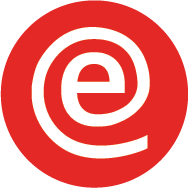
5. Assign Procurement Procedures
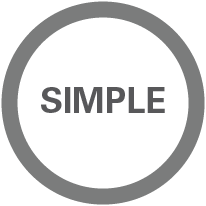
Each lot in the Procurement Plan is assigned a Procurement Procedure. The Procurement Procedure is determined by the Contract Category and the total value of each lot. See chapter 3 for more information. For a description of the available Procurement Procedures please go to the Supply, Service or Works chapters respectively (Chapter 6-8).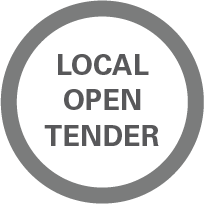
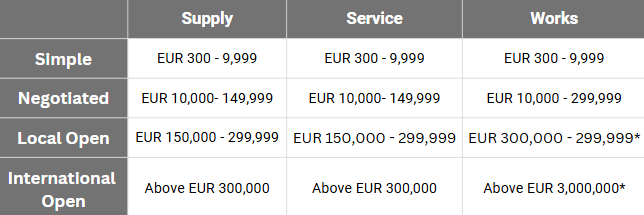
*Please contact DCA desk officer for instructions and standard documents
Learn more about Contract Categories, Thresholds and the associated Procurement Procedures in e-training number 4: Thresholds and Procurement Procedures.
6. Timeframe Considerations
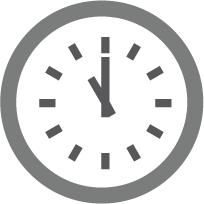
For the overall duration of the project, the timeframe for carrying out each Procurement Procedure shall be taken into account. This includes time for advertising, preparing technical specifications/TOR, issuing a Request for Quotation (RFQ), Request for Proposal (RFP) or Tender Dossier and evaluating. Please note that procurement time constraints are often underestimated.
Timely and careful planning can help prevent last minute contracts or changes to existing contracts, which may influence the contractors’ ability to deliver on time and comply with the ethical principles and standards outlined in the CoC.
The below table shows the overall timeframe for the different procurement procedures.
7. Apply Derogation(s)
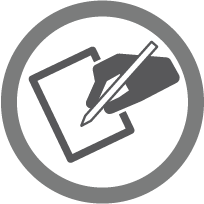
Based on all the information collected in steps 1-6, it might be necessary to apply one of the Blanket Derogations described in section 4.7.1. Or it may be necessary to request a written approval to derogate from a rule or procedure in the Procurement Manual or donor. For further information on derogations, please see section 4.7.
As part of the procurement closing activities, it is important to ensure the availability of a final procurement plan and a full set of supporting and compliant procurement documents.
Final Procurement Plan
It is not uncommon that the information in the procurement plan differs from what was initially planned. Consequently, a final procurement plan reflects both the planned procurement, the actual procurement and the changes that have occurred during the project period. The following activities lead to a final procurement plan:
- Complete the actual procurement section of the procurement plan.
- Align the final procurement plan with the financial transactions in the final financial report.
- Ensure that the final procurement plan reflects the implemented project activities.
Final Procurement Documentation
For the purpose of accountability, every procurement process generates a full set of compliant procurement documentation. To assist and be ready for the audit, register all the available procurement documentation in the general template GEN 18: Procurement Documentation Tool, and locate missing information before closing the procurement.
Archiving the Procurement Documentation
As a final step of closing procurement, decide on a safe and accessible place to store the full set of compliant procurement documentation for a minimum of five years. Donor dependent, it can be electronic filing or in hard-copies. The important po

